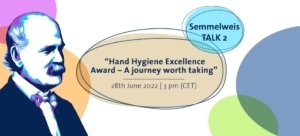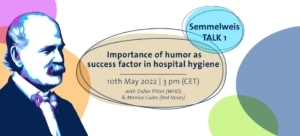I met Hans Härting last week in a little cafe in the heart of Vienna. Hans Härting is captain at Austrian Airlines and responsible for the Human Factors department (air operations). This is his main job, and he likes it a lot. The other part of his working time he is spending in hospitals, telling doctors and healthcare workers about safety. His motivation is simple: Medical errors are the third leading cause of death, and he is convinced that healthcare can learn a lot from aviation.
Aviation offers invaluable lessons healthcare organizations can draw from, Härting says. In the course of the years the airline industry has considerably improved their safety measures. And, in fact: the passenger mortality significantly decreased.
Obviously, aviation is doing something right, and we in healthcare need to be active on the learning end if we are really bent on finding solutions to curb patient safety issues”, said Prof. Norbert Pateisky, who accompanied his business partner to the meeting. Pateisky is gynecologist, and like Härting manager of the safety management company Asskurisk. The both can refer to a long list of best practice examples – among others a project at the hospital of the “Barmherzigen Brüder” in Linz, which entered in a new aera of patient safety some years ago. One of the very useful interventions was the introduction of a hygiene-copilot – a person (either doctor or nurse) is present at the patient visits and ensures that hand disinfection is carried out after every contact with the patient. This person serves as a kind of “human reminder. And in fact: The infection associated incidences decreased from 7 to 0.
That reminds me a lot of Pateisky’s “colleague” 150 years ago in Vienna: In the late 1840-s the famous gynecologist Ignaz Semmelweis was confronted with a high infection/mortality rate. But when he instructed his students to disinfect hands and instruments with chlorinated lime solution after sections, the mortality rate fell from 12.3 to 2-3 percent. And he still was not satisfied until he achieved to bring the infection rate to zero for a period of some months!
Fortunately we still have fighters for “zero tolerance” – Note the 21st of June, 2017 –Together with the great Semmelweis admirer Prof. Didier Pittet from the WHO and other hygiene/security experts, Hans Härting will discuss the achievements of Ignaz Semmelweis in the context of the problems in the hospitals we are confronted today.
For further information about the event which is organised together with the Medical University Vienna, please take a look on our homepage/resp. our video with rector Prof. Markus Müller and the president of the Semmelweis Foundation, Dr. Bernhard Küenburg.



